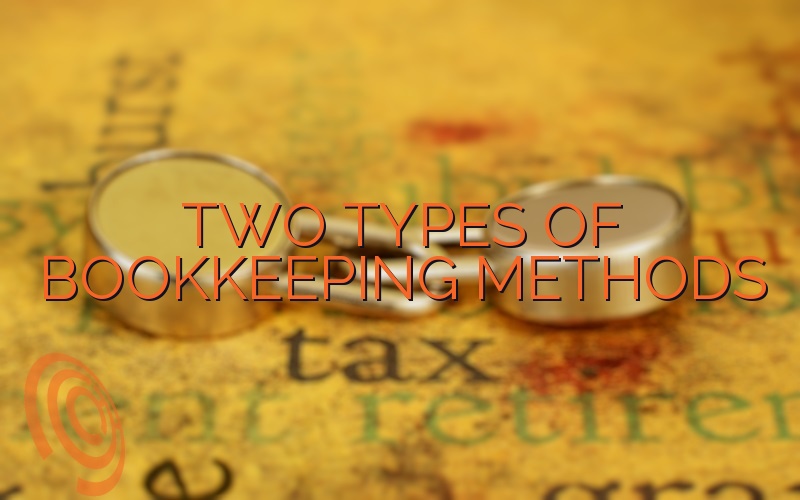The Double and Single Entry Method
Bookkeeping is one of the most important processes in the accounting cycle. It is also one of the most commonly availed accounting services. In layman’s term, it is the process in which the transactions, both income and expenses, of a business is recorded in the books of the company.
It would be impossible to do any accounting if one were to skip this step. This is because, through bookkeeping, the company is able to gather the critical information needed to paint a picture of how the company is doing.
The history of bookkeeping has been traced as far back as 2600 BC when Babylonians used clay slabs and styluses to record their daily biddings. However, some speculate that it had existed even before 8000 BC when the kings of Jericho used informal records of their properties. (1)
Only two types of bookkeeping are mostly used around the world. One is the single entry system, and the other is the double entry system. Let us discuss the differences between, the advantages and the disadvantages of them both.
The Double Entry System
What is the Double Entry System?

The double entry system uses the simple accounting equation “Assets=Liabilities+Capital.” One of the main principles behind the double entry system is the “two-fold effect.” The two-fold effect states that for every value received (debit), there must be a value given up (credit). (2)
It is necessary that an accountant has the skill necessary to determine which elements are affected by a business transaction, and the effect or effects of the transaction on said elements.
History of The Double Entry System
The double entry system was first mentioned by Benedetto Cotrugli in his book “Of Trading and the Perfect Trader.” Cotrugli’s book was able to elaborate some of the fundamental principles that are used in modern day bookkeeping.
In 1494, Luca Pacioli, famously known as “the Father of Modern Day Accounting,” expounded Cotrugli’s work to create the basic blueprint of the bookkeeping system used today. (3)
Advantages and Disadvantages of the Double Entry Method
The double entry method, though preferred, is not a perfect system. There are instances that the single entry is preferred more than it. Listed below are some of the advantages and disadvantages of the double entry method:
Advantages
- It allows the company to create and understand financial statements more efficiently.
- The business is able to keep a record of every transaction that happens and the effect of it on every element.
- It uses the trial balance which makes the accuracy of the books easier to monitor.
- It makes the comparison of one period to another easier.
- The matching principle allows a company to determine the correct profit and loss of the company with higher detail.
Disadvantages
- It is harder to understand for beginners.
- The cost to maintain is higher for a double entry system than a single one.
- More time is spent to record each transaction.
The Single Entry System
What is the Single Entry System?
The single entry system is the most basic type of accounting. Unlike the double entry system, the single entry method does not need a trained professional for it to be done. With it, the bookkeeper only needs to record transactions in a one sided manner.
This means only the effect on a single element is recorded for every transaction. For example, only the effects on the cash account are recorded for all the transactions conducted by the business. It is way easier than the double entry. However, it carries many more disadvantages than the latter. (4)
History of the Single Entry System
The single entry system dates back as far as accounting itself. Scientists have traced its origins way back in the ancient civilizations. Because of this, not much is known about the origin of it. However, it was the oldest method of accounting used by traders as early as 2000 BC. (5)
Advantages and Disadvantages of the Double Entry Method
As the “prototype” of the modern day accounting, the single entry lacks many features that can be offered by its modern counterpart. Nevertheless, it still has some advantages which make it a better choice for some smaller businesses. (6)
Advantages
- Easier to understand and apply for those without a background in accountancy.
- No skilled or trained professional is needed to be hired making it cheaper to implement for businesses.
Disadvantages
- The single entry method is Hence errors are easier to neglect.
- It does not reflect the true profit and loss of the business.
- Fraud can be done with ease as there are no counterbalancing accounts to compare to.
To wrap things up, the choice between the single entry system and the double entry system lies with the owner of the business. No matter which method you use, remember to consult a professional to avoid making any errors that may adversely affect your business.


